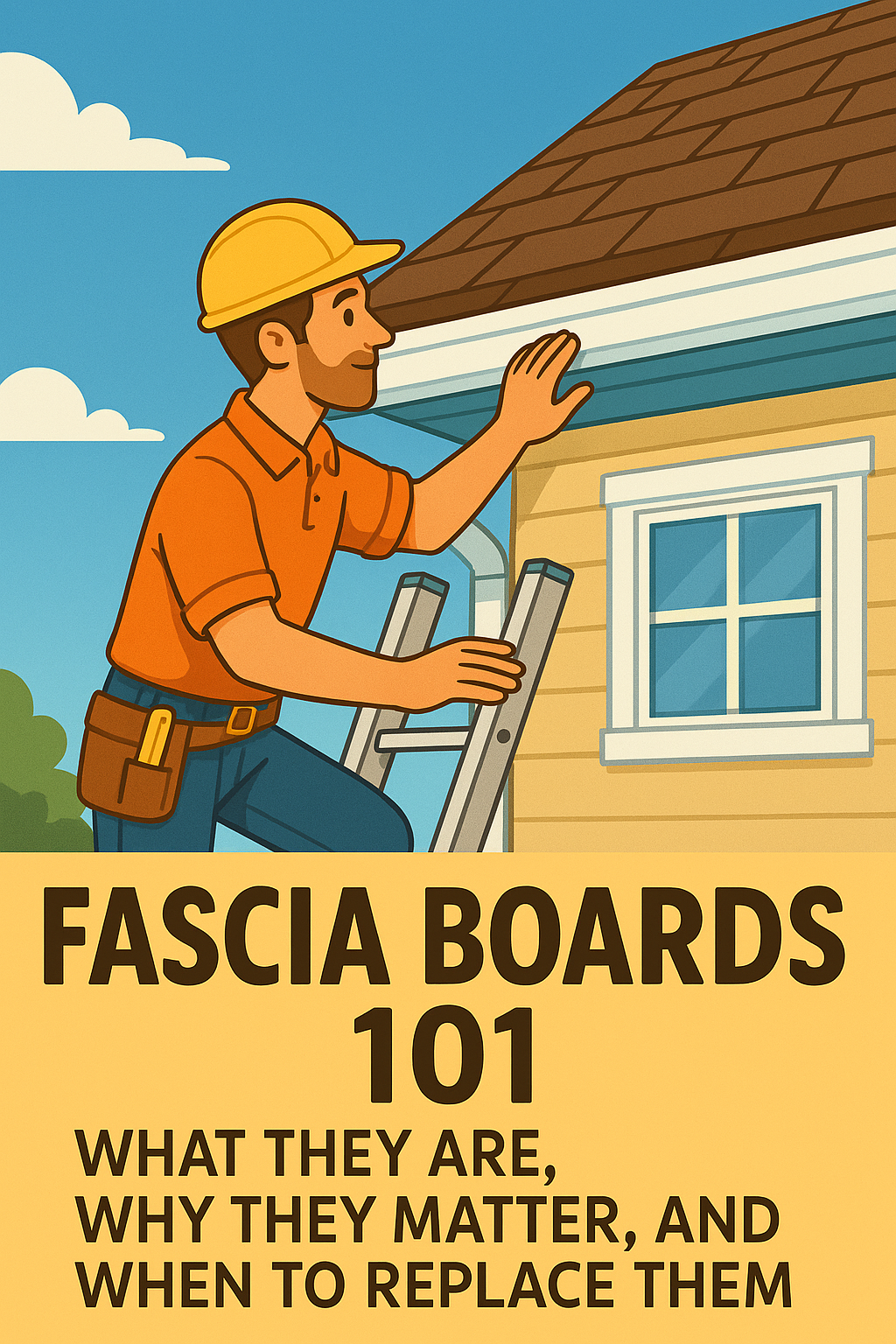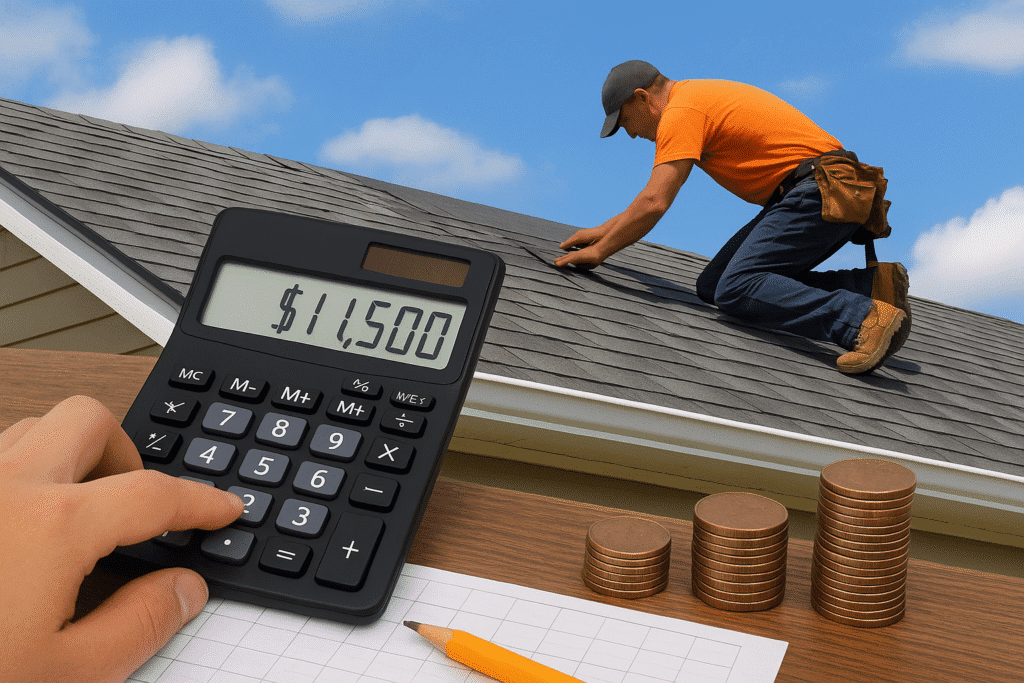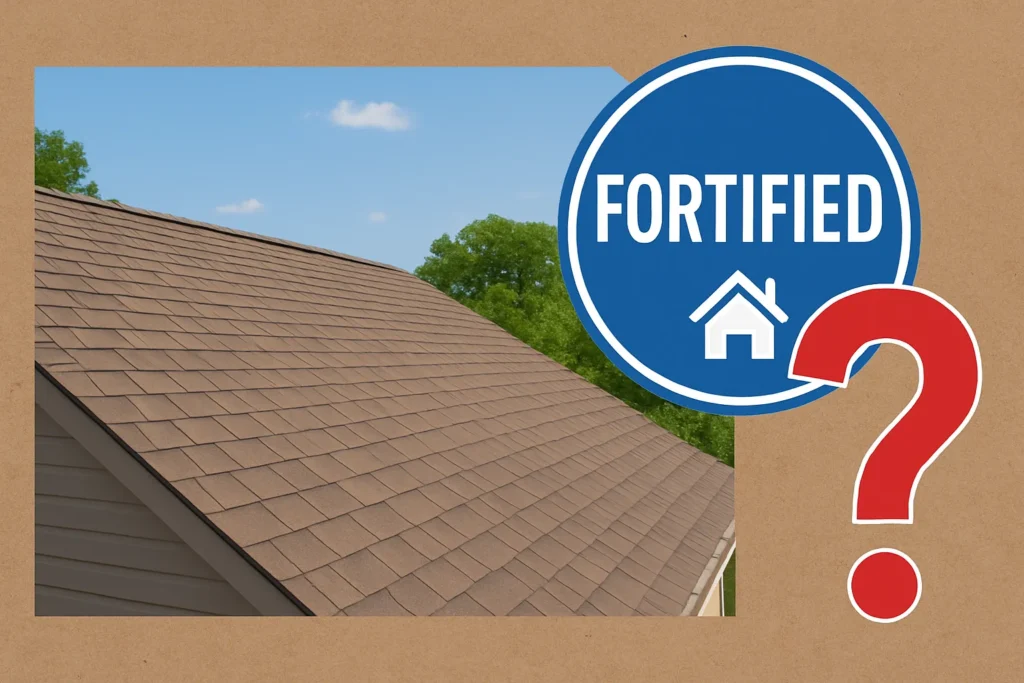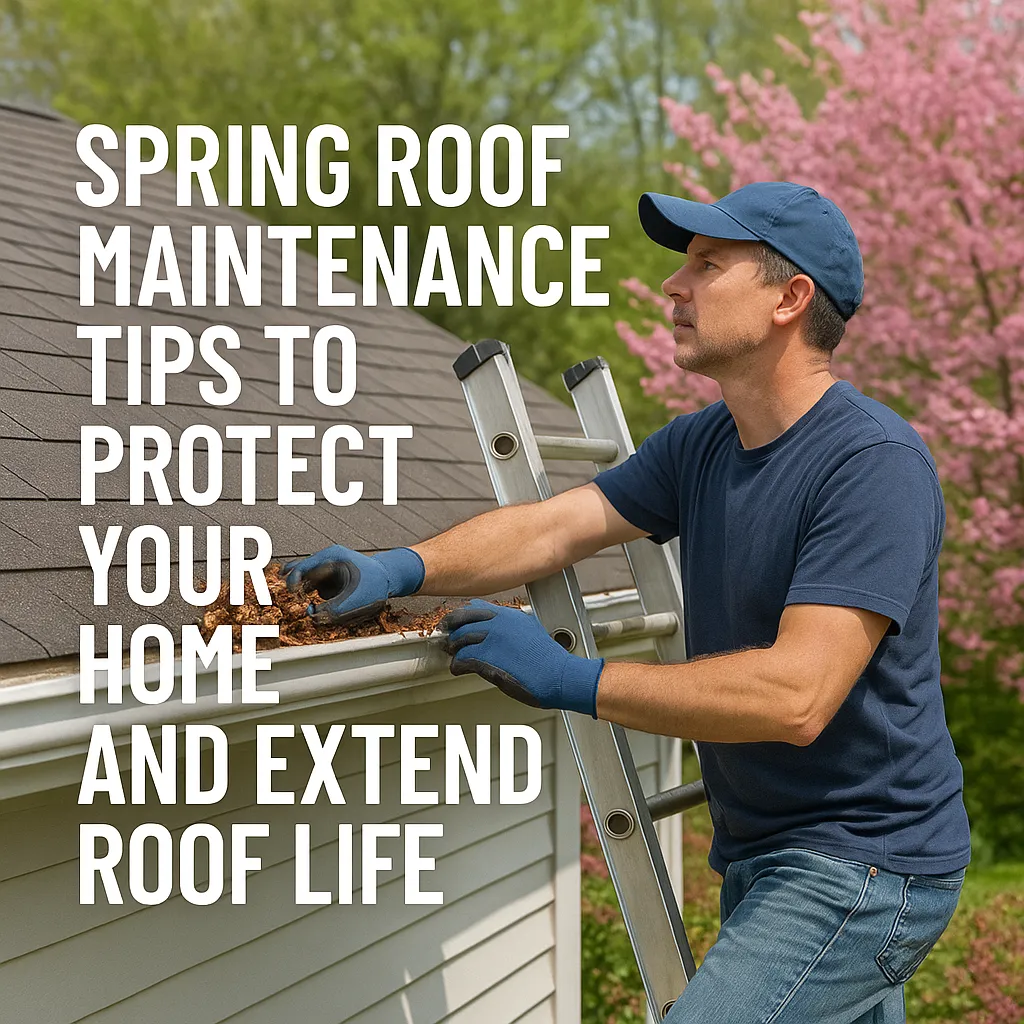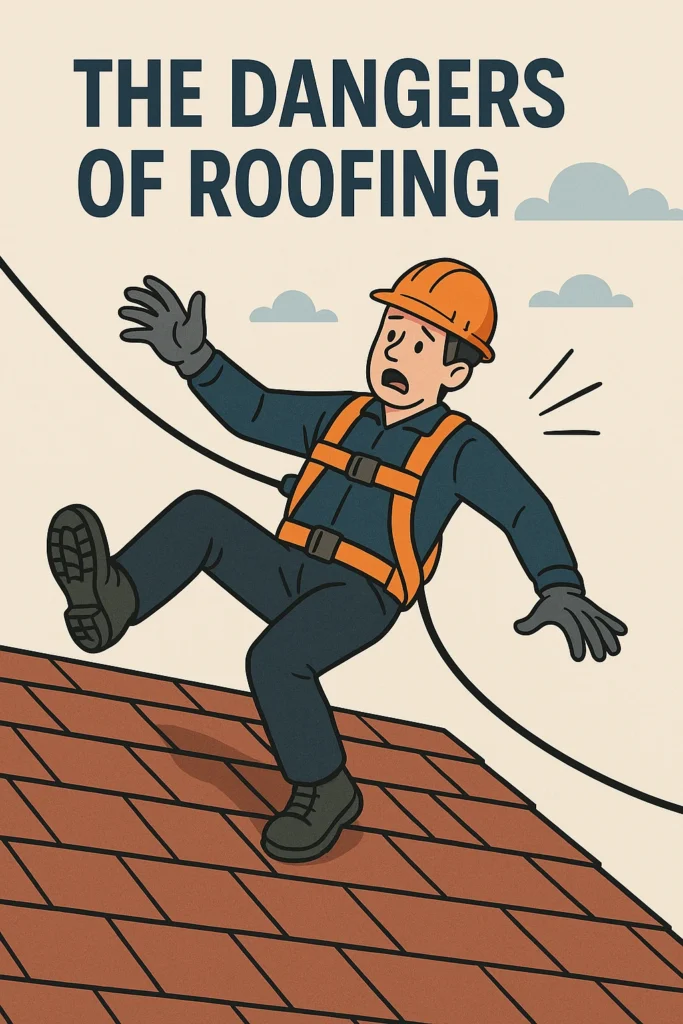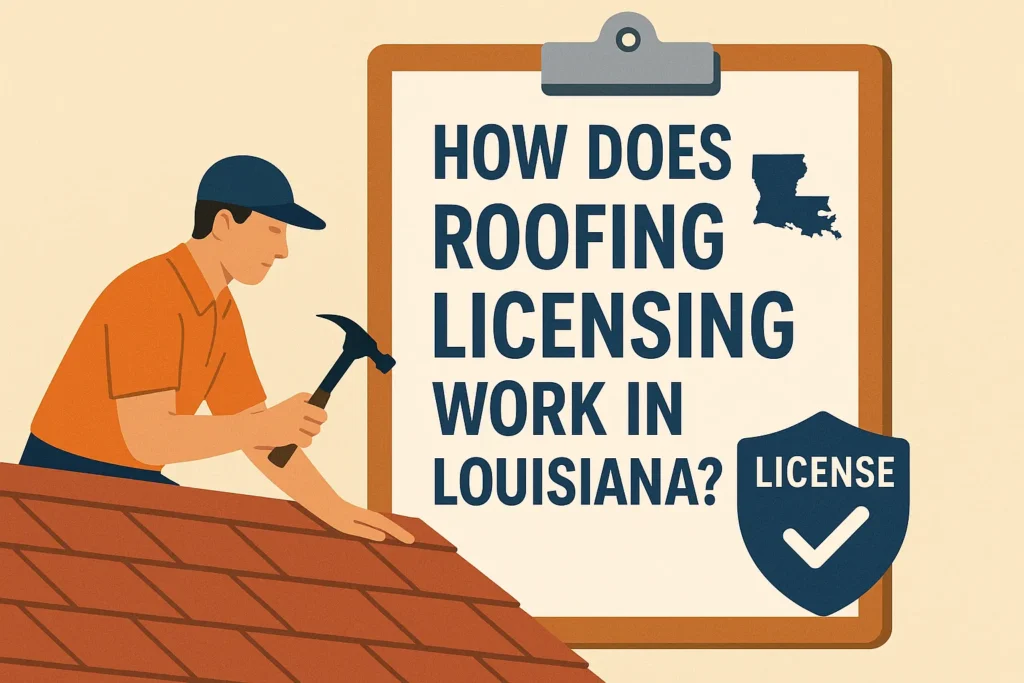Top Ten Signs Your Roof May Need to Be Replaced

When to Replace an Old Roof: Top 10 Signs Your Roof Needs Replacing
Your roof is one of the most critical components of your home’s structure, protecting it from the elements and ensuring safety and comfort. But like anything else, roofs have a finite lifespan, and certain signs indicate when it’s time for a replacement. Ignoring these can lead to leaks, structural damage, and costly repairs. In this article, we’ll explore the top ten signs that your roof may need replacing, helping you identify problems early and make an informed decision.
1. Age of the Roof
Most roofs are built to last 20-30 years, depending on the materials used. Asphalt shingles, the most common roofing material, typically last around 20-25 years. If your roof is approaching or has surpassed this age range, it’s time to consider a replacement. Age alone doesn’t always mean you need a new roof, but if other signs are present, it’s likely due for an upgrade.
2. Curling, Cracking, or Missing Shingles
Shingles that are curling, cracking, or completely missing are a clear indication that your roof is deteriorating. Curling shingles, often caused by age or excessive moisture, expose the underlayer of your roof to weather damage. Cracked shingles, often the result of wind or temperature fluctuations, can allow water to seep into the roof structure. Missing shingles, on the other hand, leave gaps where water and debris can penetrate, leading to further damage.
3. Granules in the Gutters
Shingle granules protect against UV rays and add a layer of fire resistance. When shingles age, they lose granules, which can wash into your gutters during rainfall. If you’re noticing dark granules in your gutters, it’s a sign that your shingles are losing their protective layer and nearing the end of their life. Bare shingles without granules are highly susceptible to damage from the sun and rain, indicating that a roof replacement may be necessary soon.
4. Sagging Roof Deck
A sagging roof is a serious issue, often signaling structural problems in the roof deck. This can occur due to prolonged moisture exposure, poor attic ventilation, or issues with the support structure. A sagging roof is not only unsightly but also dangerous, as it can collapse under pressure if left unaddressed. If you notice parts of your roof that appear warped, bowing, or drooping, it’s time to call a professional and evaluate whether replacement is needed.
5. Leaks and Water Damage
One of the most obvious signs that a roof replacement might be in order is leaks and water damage inside the home. Water stains on the ceilings or walls, mold or mildew growth, and a musty odor are all indicators of water infiltration. Small leaks can be repaired, but if you’re experiencing frequent leaks or widespread water damage, a full roof replacement may be more cost-effective than continual repairs.
6. Higher Energy Bills
Your roof plays a role in regulating indoor temperatures. When your roof’s insulation and ventilation deteriorate, it can lead to higher energy bills. An aging roof may lose its ability to reflect heat, causing your cooling system to work harder in summer. Additionally, poor insulation leads to heat loss in winter, increasing heating costs. If you notice a sudden spike in your energy bills without any other explanation, your roof may be to blame.
7. Damaged Flashing Around Chimneys, Skylights, and Vents
Flashing is a thin material that directs water away from critical areas like chimneys, skylights, and vents. If the flashing becomes cracked, bent, or worn out, water can seep into these areas, leading to leaks and water damage. Damaged flashing often indicates that the roof itself is aging. Replacing the flashing alone may suffice for minor issues, but if widespread flashing damage is apparent, a full roof replacement may be more cost-effective in the long run.
8. Algae, Moss, and Mold Growth
Moss, algae, and mold can grow on roofs, particularly in shady or humid environments. While algae and moss may not directly damage your roof, their presence often indicates excess moisture, which can lead to rot if left unchecked. Mold, however, is a more serious issue as it can degrade the structure of the roof and even impact indoor air quality. Cleaning and removing moss and algae can extend a roof’s lifespan, but if your roof is heavily infested or if mold is present, a replacement may be the best solution.
9. Sunlight Coming Through the Attic
If you can see sunlight shining through your attic ceiling, it’s a clear sign that your roof is compromised. Any visible light in the attic means that there are holes or gaps in the roofing material. Over time, these gaps can lead to water infiltration and cause significant damage to the roof structure. Inspecting your attic regularly can help you spot this issue early, but if you’re already seeing daylight, it’s time to consider a roof replacement.
10. Storm Damage
Extreme weather conditions like hailstorms, heavy winds, and severe rainfall can significantly damage a roof, even one in good condition. After a storm, inspect your roof for visible signs of damage, such as dents, broken shingles, or even missing sections. Although some storm damage can be repaired, extensive damage may make a full replacement a more viable option, especially if the roof was already aging.
When to Replace vs. Repair
Sometimes, it’s challenging to decide whether your roof needs a complete replacement or if repairs are sufficient. Here are a few general guidelines to help you determine the best approach:
- Age: If your roof is nearing its life expectancy and shows multiple signs of deterioration, replacement is usually the best option.
- Extent of Damage: Isolated damage in a specific area may be repairable, but if damage is widespread, replacement is often more cost-effective.
- Energy Efficiency: If your roof is causing high energy bills, replacement with energy-efficient materials can save you money in the long run.
- Future Plans: If you’re planning to stay in your home for many years, a roof replacement may provide peace of mind and increased value. However, if you’re planning to sell soon, a simple repair might suffice.
Roof Replacement Options and Considerations
When it comes time to replace your roof, you’ll have several material options, each with its own lifespan, cost, and aesthetic appeal:
- Asphalt Shingles: The most popular and affordable choice, lasting about 20-25 years.
- Metal Roofing: Known for durability and energy efficiency, metal roofs can last up to 50 years but come at a higher cost.
- Tile and Slate: These are long-lasting materials, with a lifespan of up to 100 years, but are heavy and require strong support structures.
- Wood Shingles or Shakes: An eco-friendly option with a lifespan of 30-50 years, but requires regular maintenance to avoid mold and insect damage.
Conclusion
Recognizing the signs of a failing roof can help you take action before minor issues become major problems. Keep an eye on your roof’s age, check for signs like missing shingles, water damage, and structural sagging, and don’t ignore red flags like excessive granules in gutters or sunlight in the attic. By staying proactive, you can save money, protect your home, and ensure that your roof remains in top condition for years to come.


